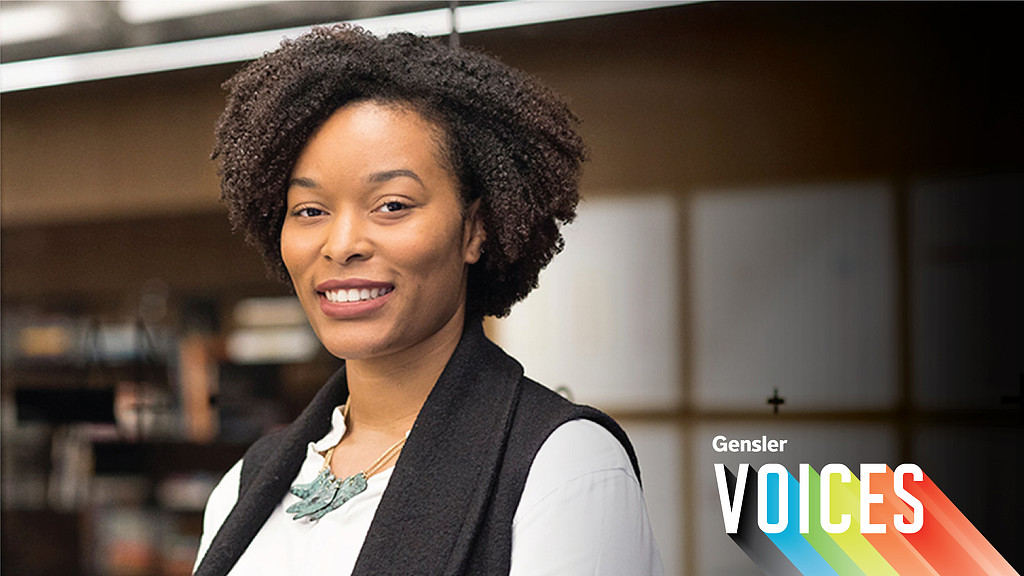Gensler Voices: Rhandi Green, Gensler New York
March 22, 2021
This Q&A is part of a series of interviews with Gensler architects, designers, and others in the firm about their career journey, and the impact that design and architecture can have on our communities and the human experience. Here, we sit down with Rhandi Green, job captain, Gensler New York:
What was your first introduction to the field of architecture and design?My first introduction was a pre-college summer program at the University of Miami. I did a three-week course that introduced me to the basics of architecture and architectural history. Their program focuses more on traditional and Neo-Classical architecture, so it reminded me of Art History class (my favorite subject in high school). Before that moment, I didn’t think about architecture, let alone know it would be my future career path.
What was an early experience that influenced your career path?I was in an AP art class in my junior year of high school, and that’s where I really tapped into my creative side. I was always interested in creative things, but that class allowed me to express in a new medium — oil paint. I think if I did not have art class, I probably would have become a physical therapist or something!
How has your career shaped your understanding of the world?It has allowed me to see a solution to every problem that I encounter. The world and the problems we face are not always linear, nor do they have one solution answers. If I come across a challenge or feel I’m backed into a corner, I know that there’s an answer, if not multiple answers. I just have to take a moment and figure it out in a way that works for me.
How can architecture and design advance wellness, equity, and inclusion?These can be addressed in so many ways. One example I frequently think about is how undergrad architectural history classes spend 90% of the semester on European architecture and European influences. Universities should take a look at their curriculum and question why we aren’t learning about African architectural styles. Or South American influences in architecture. There’s more architecture to explore than in Europe. Also, why aren’t there more professors of color in academia? Architecture is global, yet we’re only scratching the surface.
What role does architecture and design play in shaping the minds of the future generations?Design is such a large umbrella of so many creative professions — architecture, art, graphics, fashion, photography, the list goes on! I hope future generations express their creativity and individuality by creating a memorable experience for someone else. And for those who are trying to figure out who they are, I hope they can freely explore who they can be through design.
The most important thing I've learned as an architect/designer is...Fail, and fail fast. I learned a little late in architecture school that the more iterations I did, the better my designs would become. My early years of school I’d find that I was so fixated on trying to make one design work and I’d end up spinning my wheels. If something isn’t working, try a different route.
Who or what has influenced you most in this profession?All women architects, especially women of color. Seeing other women dominate a male-dominated field is the most encouraging. Most recently, I was inspired hearing Zena Howard speak at the 2019 J. Max Bond Jr. Lecture series. Her passion for urban renewal projects in communities facing gentrification or racial disparities is phenomenal, and reminds me the impact architecture can have on any scale.
For media inquiries, email .
